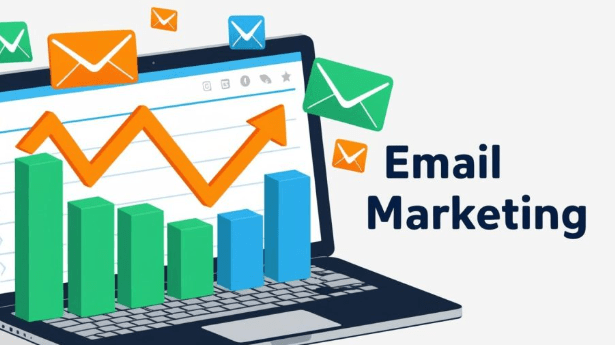Email marketing remains a cornerstone of digital communication and outreach for businesses. However, as its popularity grows, so does its exploitation by scammers. Cybercriminals have found sophisticated ways to use email as a vehicle for fraud, impersonation, and data theft. This article explores the risks associated with email marketing scams and outlines essential steps to ensure security in your campaigns.
What is an Email Marketing Scam?
An email marketing scam is a fraudulent scheme that uses deceptive email messages to trick recipients into sharing personal, financial, or login information. These scams often mimic legitimate brands, offering fake promotions or urgent messages to manipulate users into clicking malicious links or attachments.
Common scams include:
- Phishing emails disguised as brand newsletters
- Fake unsubscribe links leading to malware
- Impersonation of company representatives
- Emails with infected attachments or forms
How Scammers Operate
Scammers rely on several tactics to deceive recipients, such as:
- Sending emails from look-alike domains (e.g., amaz0n.com instead of amazon.com)
- Creating urgent messages to force quick reactions
- Embedding harmful links behind legitimate-looking text
- Using social engineering to gather personal data
These techniques not only harm individuals but can also tarnish a company’s reputation if their identity is misused.
How to Secure Your Email Marketing
To protect both your organization and your subscribers, adopt the following best practices:
1. Authenticate Your Email Domain
Implement SPF (Sender Policy Framework), DKIM (DomainKeys Identified Mail), and DMARC (Domain-based Message Authentication, Reporting & Conformance) to validate your emails and prevent spoofing.
2. Use Trusted Email Marketing Platforms
Select reliable platforms that offer secure sending practices, list protection, and anti-spam measures. Avoid using cheap or unverified software for bulk email campaigns.
3. Maintain Clean Email Lists
Regularly remove inactive or suspicious addresses from your mailing lists. Never buy email lists, as they often contain outdated or fake addresses and can lead to blacklisting.
4. Be Transparent and Compliant
Always identify your business clearly in your emails. Include your business name, contact details, and an unsubscribe option. Follow data privacy regulations such as GDPR, CAN-SPAM, or other applicable laws.
5. Educate Your Audience
Help your subscribers recognize real communication from your brand. Encourage them to report suspicious emails and remind them that you will never request sensitive information via email.
Final Thoughts
While email marketing is a powerful tool for building customer relationships, it also carries the risk of abuse if not managed securely. By prioritizing authentication, compliance, and user education, businesses can protect their audience and uphold trust in their brand communications.
Stay proactive, stay secure, and keep your email strategy safe from scam threats.

